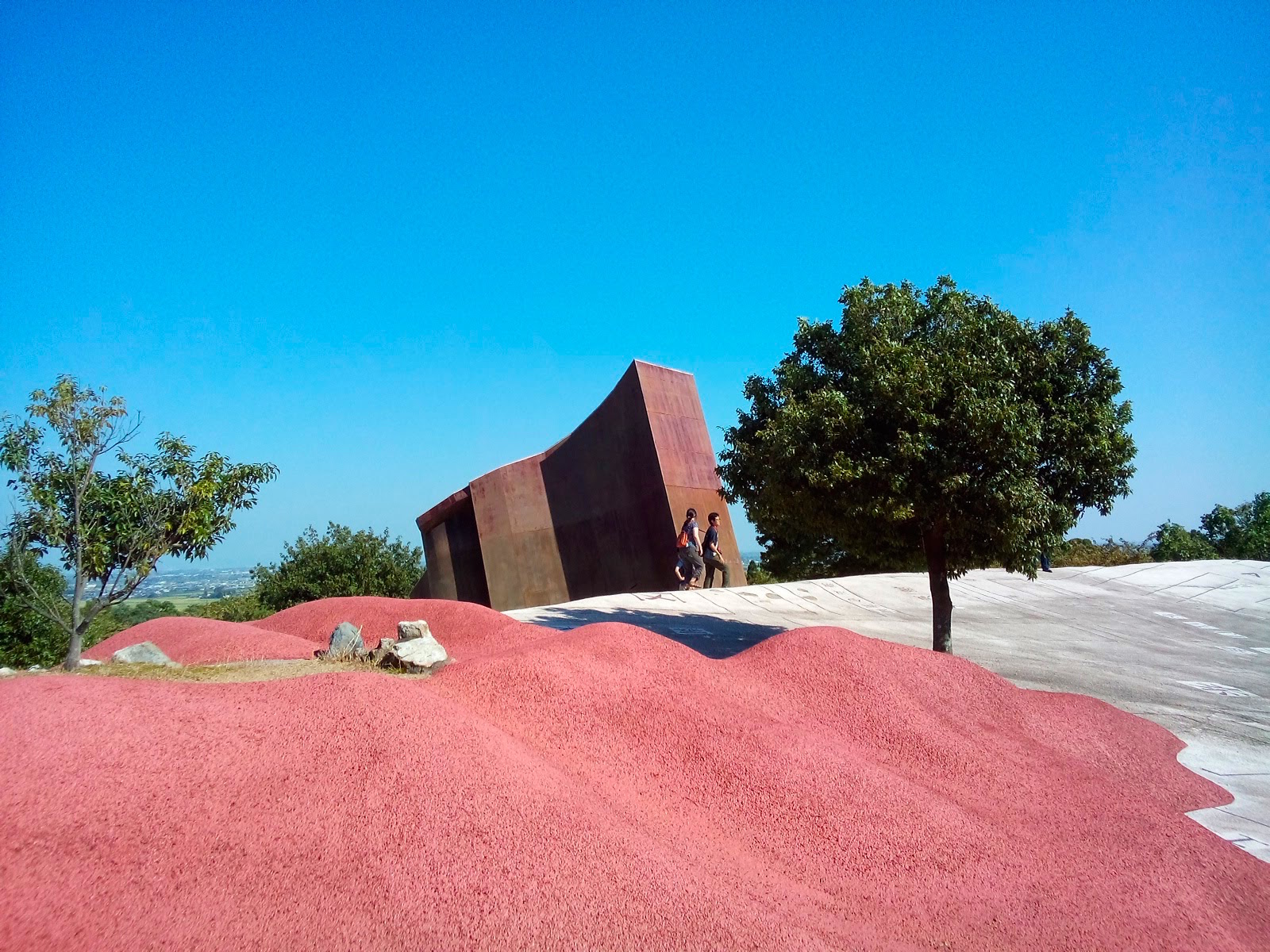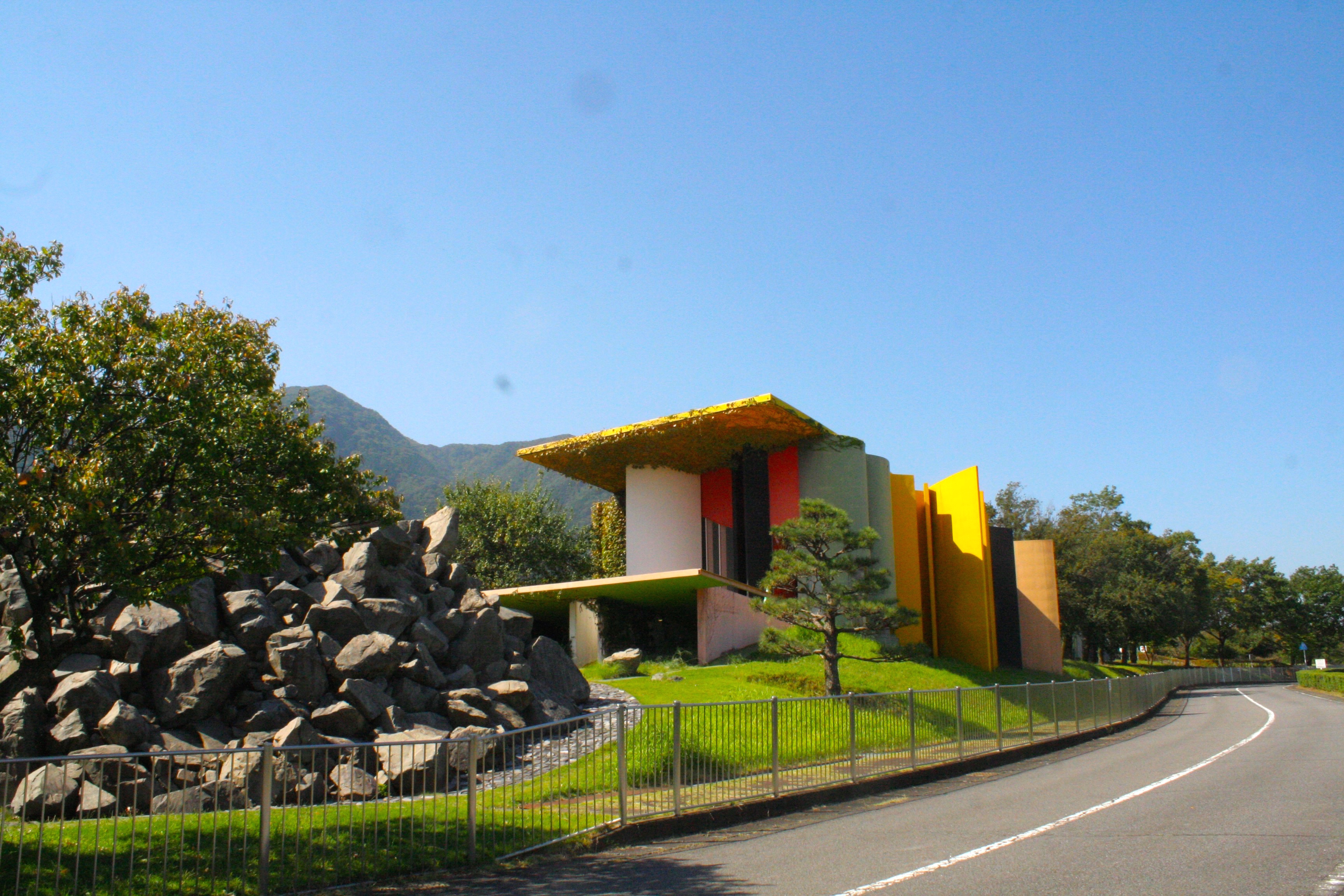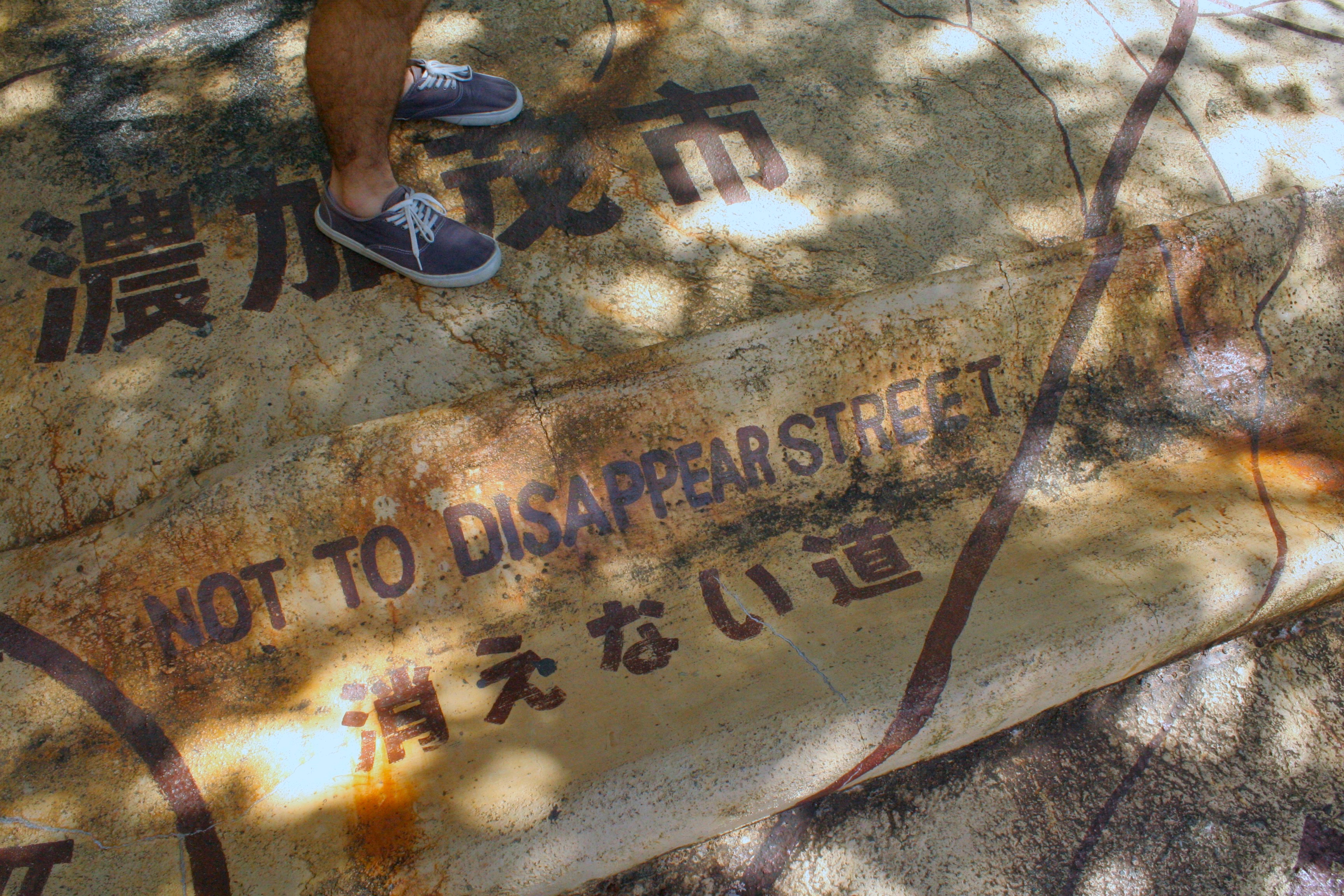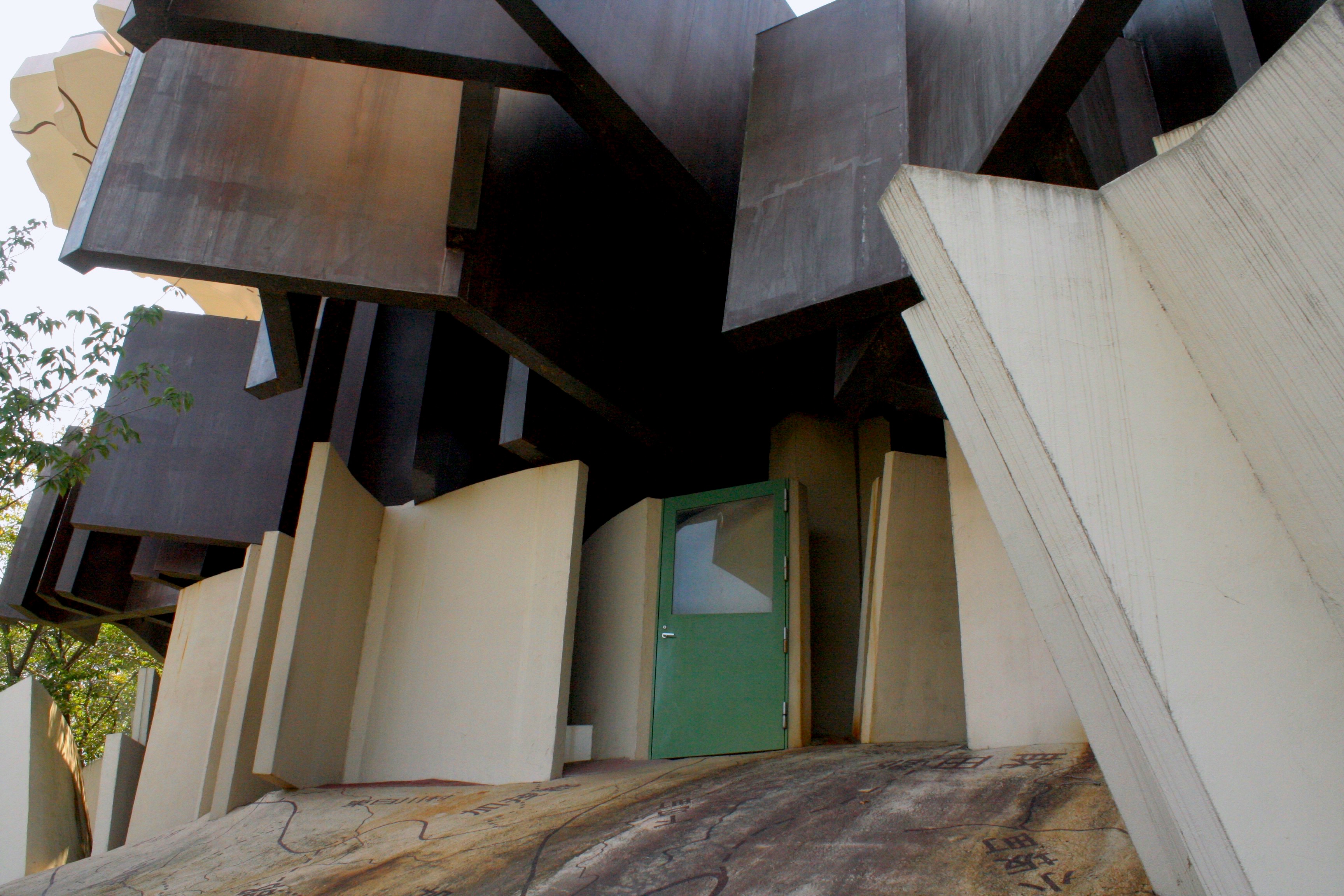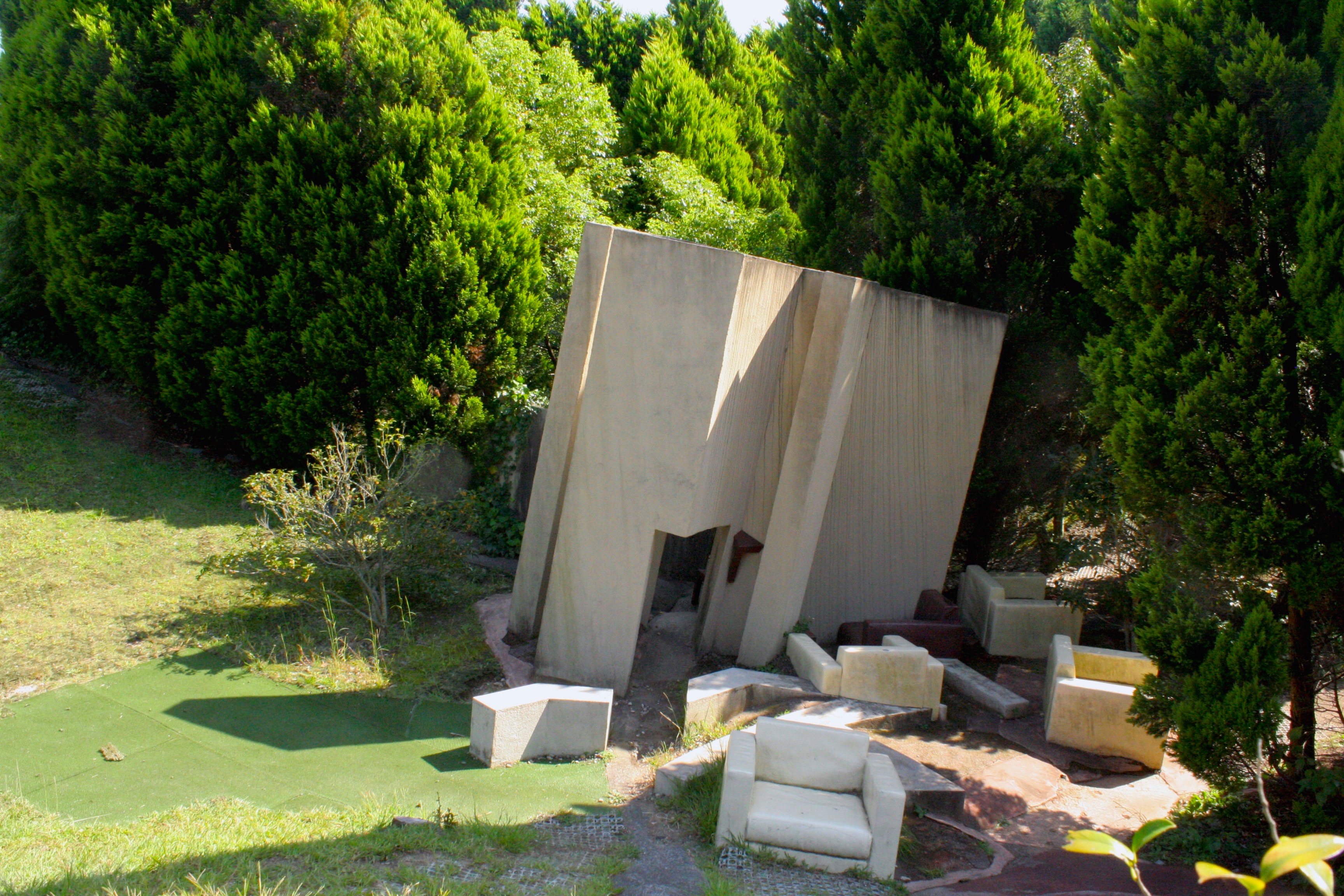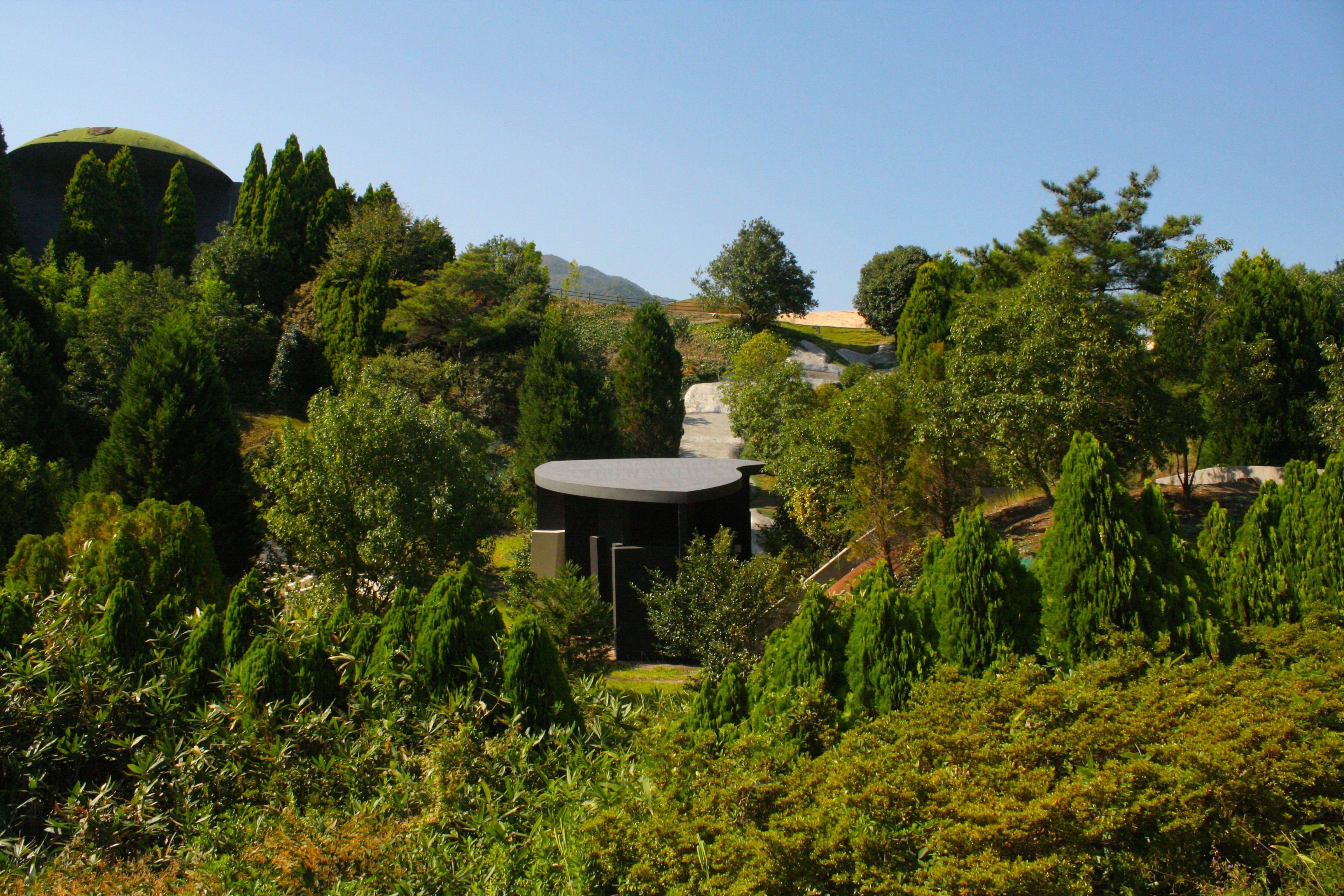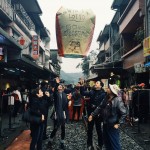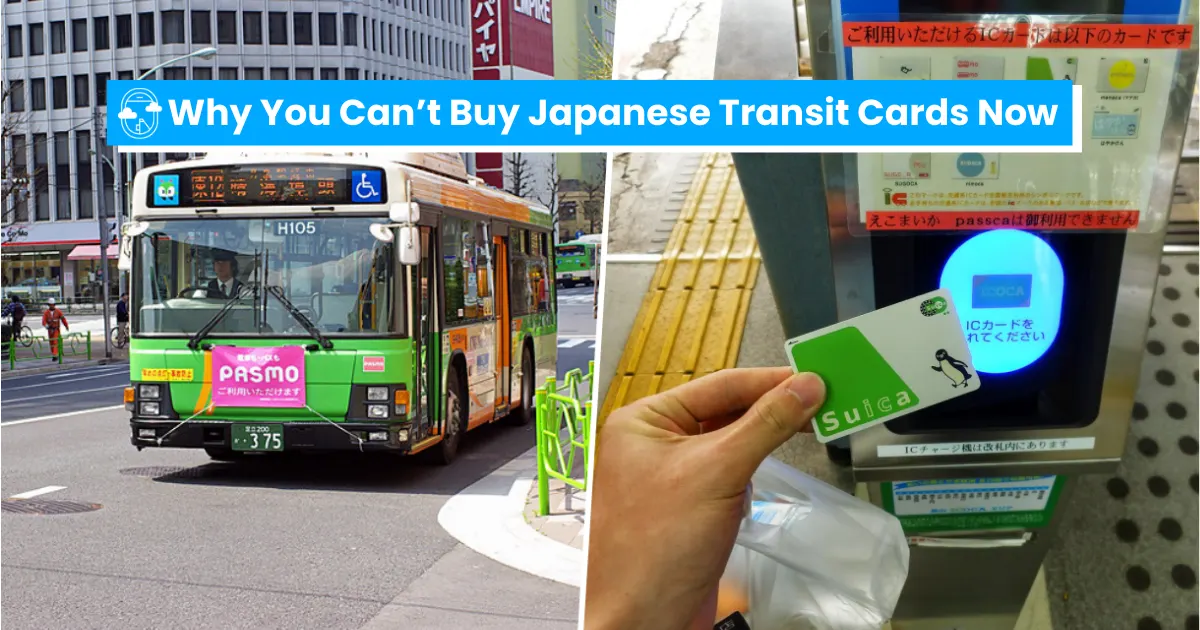Reversing Destiny in Gifu, Japan
The quiet prefecture is charmingly bizaare.
by Amanda Lago | March 19, 2016
[row] [whole]
My trip to Nagoya was deliciously touristy — my trusty travel companion Jox and I covered the castle, the planetarium, the shopping district, and ate our weight in ramen, gyoza, and takoyaki. But on our last day, we found ourselves craving for something different. Praying to the Divine Oracle that is the internet, we stumbled upon just the right place: the Site of Reversible Destiny Yoro Park, only a few hours away from where we are.
Ready to reverse our destiny — or at least figure out what that actually means — we took a train early on our last day and found ourselves in Gifu where the park is located.
Like Nagoya, Gifu is quiet. But unlike Nagoya which deceivingly dresses like a city even for its lack of bustle, Gifu wears its slowness with pride. Gifu is charming. Gifu has gourds hanging everywhere. Gifu has sprawling fields with delicate pink flowers. Gifu has a busy ramen house in the middle of nowhere. Gifu also has Yoro Park.
The park startled me at first sight. One minute we were walking on a tree-lined, car-less street, and then *bam!* a wild building appears! Or at least it looked like a building. But who paints buildings like that in Japan? In the bayan of the Philippines, sure, but bright yellow and hot pink in minimalist Japan? Something is definitely up with this place, I thought. The colorful building turned out to be the park office where we learned that Yoro Park had been completed in 1995, under the design of certified weirdos — artists, of course — Arakawa and Madeline Gins.
Arakawa and Gins described the place as an “experience park”, and, well, with streets like this, even taking a #kotd shot for Instagram will become an *unforgettable experience*.
Designed with the theme of “encountering the unexpected”, everything about the park is visually arresting because of its bizzareness. For instance: this sprawling red floor, undulating like a hill and looking like a scene right out of a Kurosawa film or Murakami novel, unsettling and compelling at the same time.
This door right here is one of the many entrances to the structure called the Critical Resemblance House. The house’s roof is a map of the Gifu prefecture, while it’s ceilings and labyrinthine interior walls feature random bits of furniture like washing machines, toilets, and couches just jutting out. Oh, and there are doors everywhere inside, too, most of them leading nowhere — I guess this is where the reversal of destiny begins.
There is also the Zone of Clearest Confusion, another assembly of walls and corners forming a kind of labyrinth but with passages so narrow or short that one can barely walk through them, and another collection of couches placed randomly around it. Arakawa and Gins seem to have a thing for taking couches out of living rooms and doctor’s lounges and putting them in unexpected places.
The park’s foliage is allowed to grow naturally, trimmed and maintained only very minimally. This is the artists’ way of showing people that, eventually, nature will take everything back somehow. As time wears on, the park might get more and more overgrown, and perhaps in a decade, it’ll be some sort of forest. It’ll be interesting to see what it turns into then.
After spending an entire afternoon at the park, I wondered – Has my destiny been reversed? I contemplates on it for a hot minute and decided: I still have no idea what it even meant. I wallowed in an existential crisis for a bit. And then I spotted a Muji store and decided whether I’m destined for it or not. I went into the store and looked for a pair of socks. Sometimes, that’s all that really matters.
Gifu for you
From the Nagoya station to Gifu, you can take the Tokaido Line which will take only 18 to 25 minutes and a 450 yen fare. From Tokyo it will take you about 2 and a half hours through the Tokaido Shinkansen Nozomi service, that will change at Nagoya for 11,000 yen. From Kyoto and Osaka, it will take you over an hour via Nozomi that will change in Nagoya for 6,000 yen.
Aside from the Yoro Park, Gifu boasts of a ton of things travelers can do anytime of the year. During spring (February to May) you can enjoy the Takayama Spring Festival, the Tarai Boat River Cruise or the Nawashiro Cherry Blossoms. In the summer (May to August), bask in the heat in the Guijo Dance, the cormorant fishing on Nagara River, or the Norikura skyline. In autumn (August to November), prepare your eyes for the Oyada Maple Vallet, the Ena Valley or the Gifu Castle. While on winter (November to February) you can enjoy the beautiful sights at the UNESCO World Heritage Site of Shirakawa Go, the Takayama Historic District or go skiing and other snow activities in many of Gifu’s snow resorts.
Day trip or night trip, Gifu will always have something in store to satisfy your wanderlust.
Ready for the Gifu experience? Sound off in the comments below!
[/whole] [/row]


